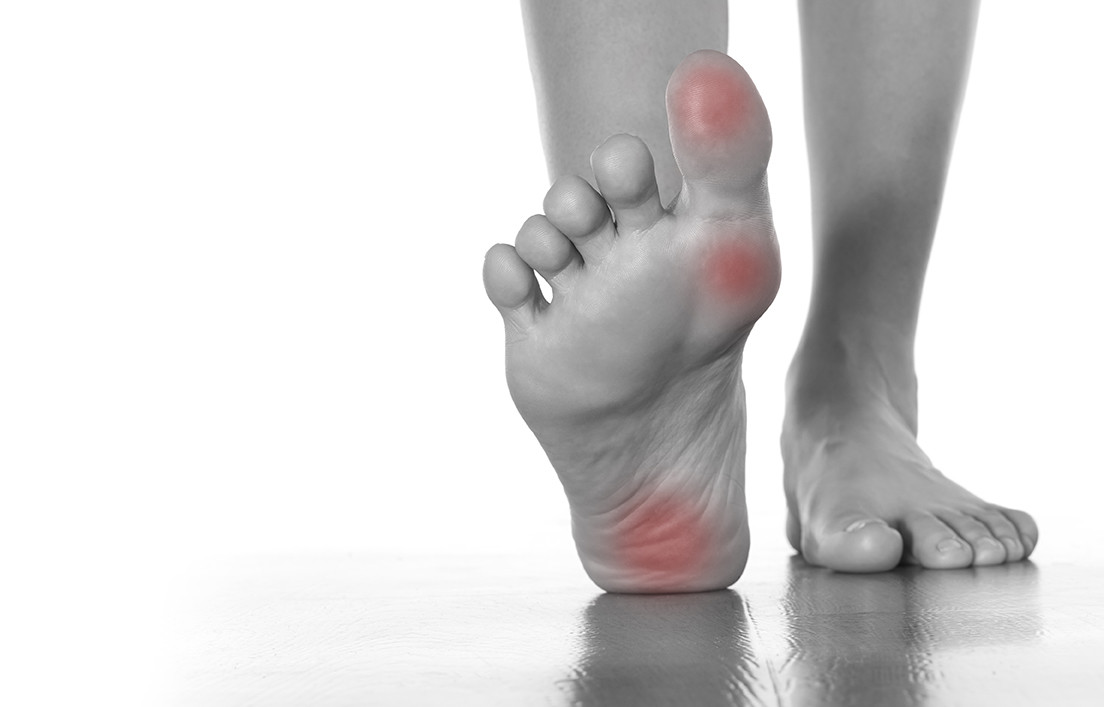Foot corns in people with diabetes needs extra care as it can lead to infections. In some cases, if left untreated, it can even lead to diabetic foot ulcers. That is why people with diabetes need to examine their feet every day, especially those areas where there is higher pressure and friction.
Diabetes and feet – Diagnosis of foot corns
With the initial appearance of a raised, bumpy area on your feet, it is important to visit a diabetes doctor or a podiatrist. This is because the doctor can evaluate the presence of any infections, underlying peripheral diabetic neuropathy and other conditions.
It is also important to differentiate between corns and calluses using diagnostics. While both corns and calluses develop due to the same reason, corns form due to localized pressure and friction, and calluses form due to friction and pressure over a broad area. Also, calluses do not have a central core while corns do have a central core as a result of mechanical stress.
Foot corns generally are of three types. These include:
- Hard corn (heloma durum)
- Soft corn (heloma molle)
- Periungual corn
Diagnosis of foot corns is generally done by a podiatrist by physical examination of the feet, and x-ray images of the feet in order to rule out foot deformities and warts.
Diagnosis of foot corns is also done using differential diagnosis. Tests like general blood glucose tests, Biothesiometry, and CT-scan may also be recommended in people with a history of diabetic neuropathy or poor diabetes control.











